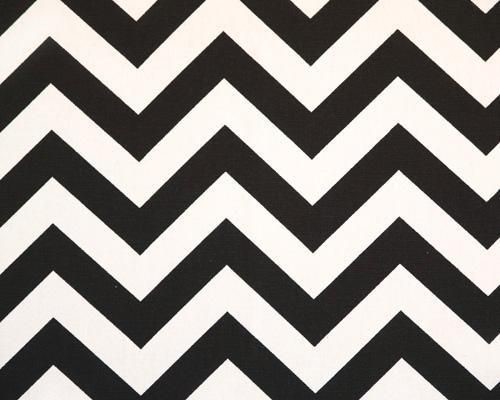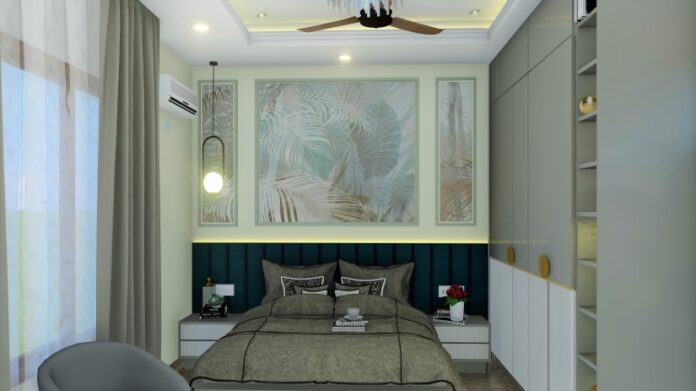In interior design, a pattern refers to a repeated decorative design element that adds visual interest, texture, and personality to a space. Patterns can be found on various surfaces and objects within a room, such as walls, floors, furniture, fabrics, and accessories. They play a crucial role in creating a harmonious and visually appealing environment. Patterns can vary widely in terms of style, size, complexity, and theme. They can be simple and subtle, or bold and attention-grabbing.
Here are a few key aspects of patterns in interior design:
Types of Patterns:
There are numerous types of patterns used in interior design, including geometric patterns, floral patterns, abstract patterns, stripes, checks, plaids, ikat, paisley, and more. Each type of pattern carries its own aesthetic and emotional impact.
- Herringbone: A pattern composed of rectangles or parallelograms arranged in a V-shaped design. It’s commonly used in flooring, backsplashes, and textiles.

- Chevron: Similar to herringbone, chevron is a zigzag pattern that can be applied to floors, walls, and fabrics to create a dynamic visual effect.

- Damask: An ornate pattern that often features intricate floral or geometric designs. Damask patterns are commonly found in wallpapers, upholstery, and curtains.

- Stripes: Vertical, horizontal, or diagonal stripes can create various effects. Vertical stripes can make a room appear taller, while horizontal stripes can make it seem wider.

- Greek Key: This pattern consists of a continuous line shaped into a repeated motif resembling an “L.” It adds a classic and timeless touch to the interiors.

- Moroccan Tiles: Intricate and colorful tile patterns inspired by Moroccan design. These tiles are often used in kitchens, bathrooms, and even on accent walls.

- Polka Dots: Playful and versatile, polka dot patterns can be used on textiles, wallpapers, and accessories to add a whimsical touch.

- Geometric Prints: Patterns featuring geometric shapes such as triangles, hexagons, and circles can add a modern and structured feel to a space.

- Floral Prints: Floral patterns range from delicate and traditional to bold and modern. They can be used in upholstery, curtains, and wallpapers to add a natural and inviting vibe.

- Tartan/Plaid: A traditional pattern often associated with Scottish heritage. It can be used in upholstery, rugs, and blankets for a cozy and rustic look.

- Ikat: A technique that involves resisting dyeing the threads before weaving them, resulting in a blurred or “smudged” pattern. It’s commonly used in textiles like rugs and cushions.

- Ombre: A gradient pattern that transitions from one color to another. Ombre can be applied to walls, fabrics, and even furniture to create a subtle and artistic effect.

- Animal Prints: Patterns inspired by animal skins, such as leopard, zebra, or snake. Used sparingly, these patterns can add a touch of drama and sophistication.

- Patchwork: A pattern created by combining various fabric pieces of different colors and textures. It’s often associated with a rustic or bohemian aesthetic.

- Lattice: A pattern of intersecting diagonal and vertical lines, often forming a grid-like design. Lattice patterns can add a sense of structure and elegance to a space.

For Interior Design Services Visit www.moderndesigngroup.in
When incorporating patterns into your interior design, consider the scale of the pattern, the colors used, and how it complements the overall style and mood you want to achieve in your space.
- Scale: The scale of a pattern refers to its size relative to the surrounding space. Large-scale patterns can make a bold statement and draw attention, while small-scale patterns are often used for more delicate or intricate effects.
- Color Palette: The colors used in a pattern play a significant role in the overall design scheme. Patterns can complement the room’s color palette or add contrasting elements to create visual depth.
- Application: Patterns can be applied to various surfaces and objects, such as wallpaper, textiles (like upholstery and curtains), rugs, tiles, wallpapers, and even furniture pieces.
- Creating Visual Interest: Patterns break up monotonous spaces and add layers of visual interest. They can help create focal points in a room and guide the eye around the space.
- Style and Mood: Different patterns evoke different emotions and fit various design styles. For example, floral patterns might be associated with a romantic or traditional style, while geometric patterns often convey a more modern and structured look.
- Balance: Achieving balance with patterns is important. Too many patterns in a single space can create visual clutter, while a well-chosen mix of patterns can create a cohesive and dynamic design.
- Layering: Layering patterns can create depth and complexity. Combining patterns of varying scales and styles can add sophistication and uniqueness to a room.
- Cultural and Historical Significance: Some patterns carry cultural or historical significance, and incorporating them can add meaning and depth to the design.
- Personal Expression: Patterns are a way to express your personal style and preferences. Choosing patterns that resonate with you can make a space feel more inviting and reflective of your personality. When using patterns in interior design, it’s essential to consider the overall design concept, the room’s function, and the intended atmosphere. Careful selection and placement of patterns can contribute to a well-balanced and visually appealing interior space.

